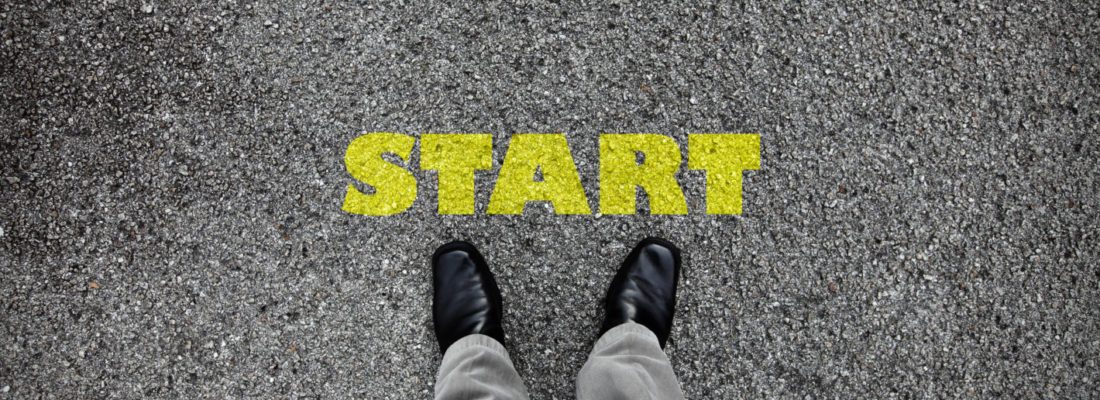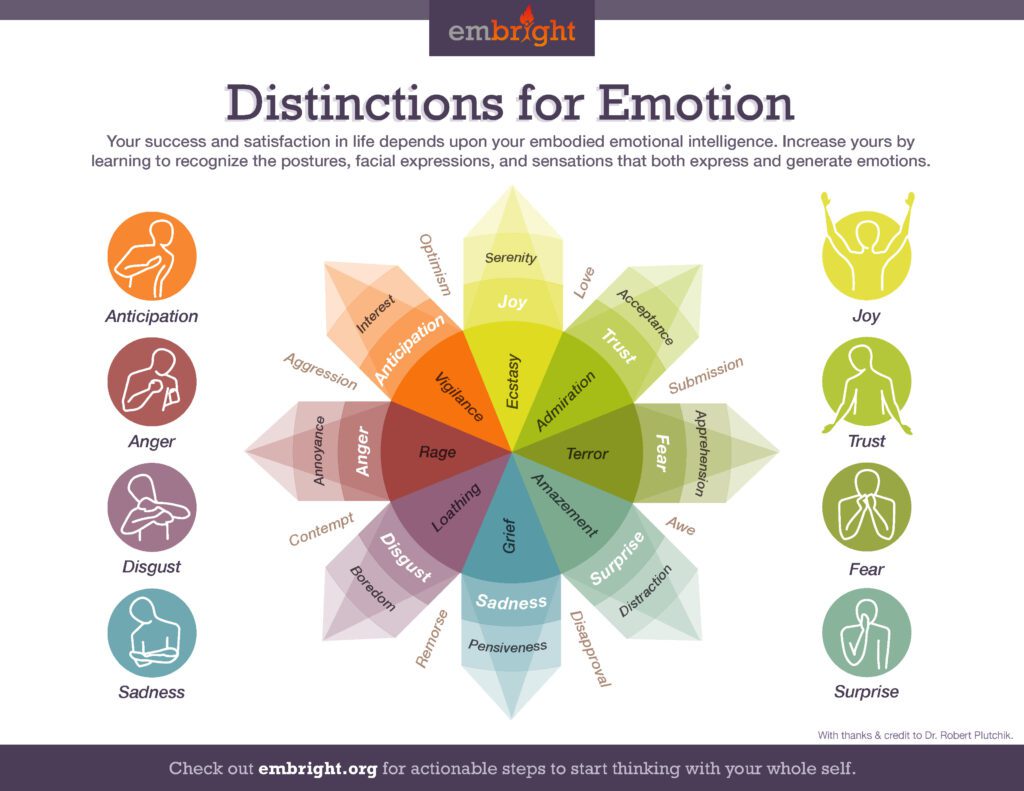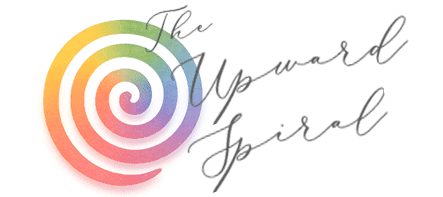How to Develop Embodied Self-Awareness

You can’t change what you don’t see. Self-awareness is the starting point for the development of emotional intelligence, and the competency we return to over and over on the spiralic journey of professional growth. In Self-Awareness as the Foundation of Emotional Intelligence, we established two types of self-awareness:
- The self THINKING about itself (conceptual)
- The self EXPERIENCING itself (embodied)
The self that knows itself only through THINKING has a short rope. By adulthood, it is circling the same tree of knowledge, treading the same circular path, reinforcing its certainty of a limited world.
The self that EXPERIENCES itself–pays attention to sensation and emotion–receives information from a vast neural network that extends beyond the brain, throughout the body, receiving limitless vibrational information beyond its physical perimeter.
Our Social-Emotional Sense Organ
Here is how we know body is designed to give us information that helps us succeed in our world:
- Roughly 2/3 of our brain is devoted to body-based processing (sensation and emotion).
- Our nervous system is engaged in constant communication between our internal and external experience, and controlling our actions.
- With every heartbeat, our heart is sensing our immediate surroundings and sending signals to the brain. Heart dominates the conversation!80-90% of communication between head and heart is FROM heart to head!
- Our gut has its own nervous system–separate from the brain–that acts independently from the brain, influencing the brain far more than vice versa.
- Gut has big influence on mood as it is tied to our relational associations and is always exposed.
- Skin/touch is our primary sense. It can’t turn it off. It is first to develop (with brain) in embryo.
- We sense the world through our facia (connective tissue) more than any other way. It is our largest organ. It is perceptive tissue tied to autonomic nervous system (threat response).
- Emotion and movement are tied together, one affecting the other in a reciprocal relationship. How we move physically is connected to how we move through life.
Developing Embodied Self-Awareness
Most people can’t feel their body and are therefore deprived of this abundant fountain of sensory intelligence. The good news is, as a competency, embodied self-awareness is a skill we can develop. Wherever you are, simply begin. Here are two ways to move in the direction of a deeper sense of embodied self-awareness.
Distinctions for Sensation
Begin by pausing frequently to notice and name what is happening in your body (see chart): location, temperature, pressure, movement, energy level.

Distinctions for Emotions
Then, begin to notice and name the emotions associated with these sensations (see chart).

It Gets Easier and Easier
Pause, notice, name. Over and over again. This is how you develop the competency of embodied self-awareness. By strengthening this EI muscle, you are actually changing your brain in positive ways. The practice of feeling more sensation and emotion supports Biobehavioral (embodied) learning:
- Long term potentiation -structural and chemical changes at a cellular level that make neurons more likely to fire
- New neural networks – linking neurons together so they fire more automatically
You are re-wiring your brain to increase interoceptive and proprioceptive awareness, which gives you choice and control over our response to emotions.
This is juicy! Changes in your middle prefrontal cortex (which connects neocortex to limbic system) are associated with self insights, intuition, ability to regulate body, empathy and morality, emotional control…the best qualities of being human!
And it begins with simply giving intention, attention and practice to feeling more.
Doesn’t that feel good?
[References and Resources: all citations are from Amanda Blake’s work: Body = Brain.]
***
Whole-being well-being expert, Liz Garrett, supports leaders in deepening embodied self-awareness so they can change their lives, their relationships, their work and, ultimately, the world.

Leave a Reply